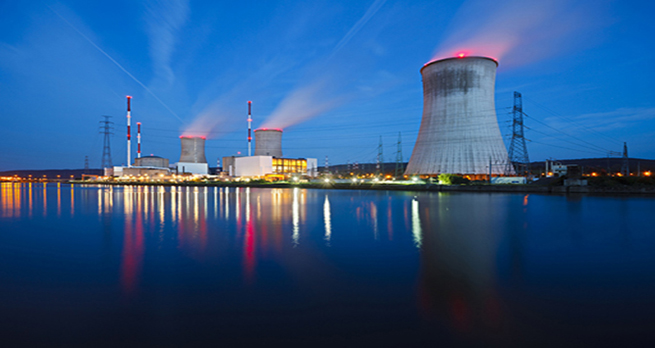1.2.3 Doses of radiation
Radioactive materials are all around you. They are in the air that you breathe and the food that you eat. They are in the materials with which we build our houses and the rocks in the ground.
You are radioactive yourself! Radioactive carbon-14 is decaying within you, as is potassium-40.
This means that we are subject to a constant bombardment of alpha, beta and gamma particles. This is called background radiation. There is no avoiding background radiation and we have evolved within it. The amount of background radiation that we experience is generally so low that it is highly unlikely to do us any harm.
The amount of background radiation at a given place is called the background count. This is due, mainly, to the radioactive elements in the sources. The amount of radiation you experience is called the dose of radiation and is based on both the radiation present and on you and the tissue (bones, organs) involved; the unit is the mSv (milliSievert). The average annual dose from background radiation in the UK is 2.7mSv.
If the radiation locally is raised above the background count then you may receive a bigger dose. For instance, some medical procedures involve the use of radiation and flying increases your exposure to cosmic rays. Cosmic rays are composed of radiation from the Sun and other stars.
In the activity below, you’ll find eight activities that would expose you to radiation. Decide which you think would give you the highest annual dose of radiation and sort the items from highest to lowest by dragging the names up and down the list. The computer will tell you when you’ve got it right, and will offer you help after you’ve made a certain number of moves.
